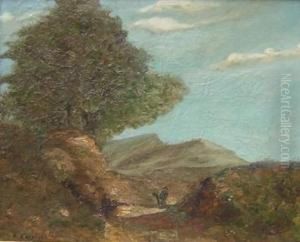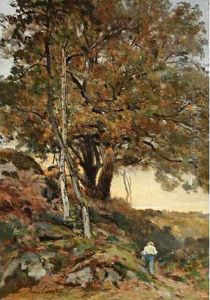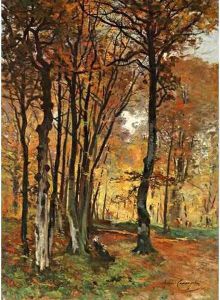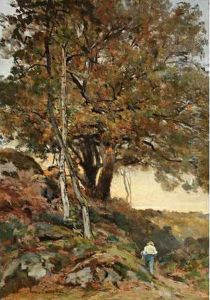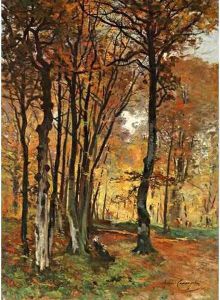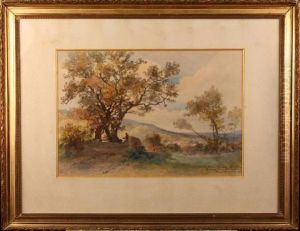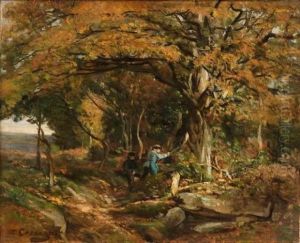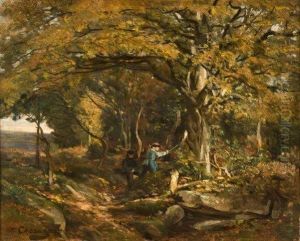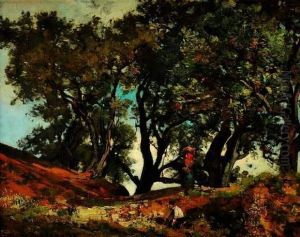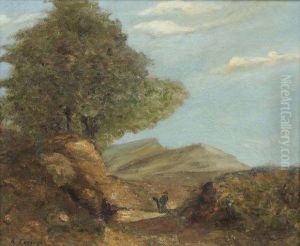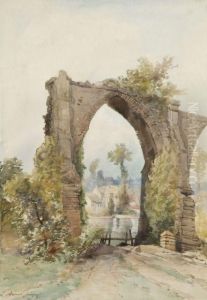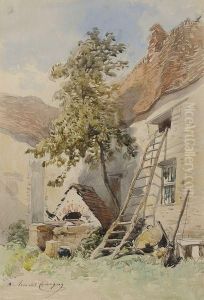Armand Th. Cassagne Paintings
Armand Théophile Cassagne, born in 1823 and passed away in 1907, was a distinguished French artist whose contributions to the world of art spanned both the realms of painting and teaching. Cassagne's early life was marked by an avid interest in the natural world, an interest that would deeply influence his artistic pursuits. He was known not only for his landscape paintings, which captured the serene beauty of the French countryside, but also for his role as an educator, imparting his knowledge and passion for art to future generations.
Cassagne's education in art was comprehensive, studying under various masters of his time, which allowed him to refine his technique and develop a unique style that resonated with the Romantic movement of the 19th century. His works often depicted pastoral scenes, imbued with a sense of calmness and a deep appreciation for the natural environment. This thematic focus reflected the artist's personal reverence for nature, a constant source of inspiration throughout his career.
Beyond his contributions to painting, Armand Théophile Cassagne was also a prolific author, writing several instructional books on drawing and painting techniques. These works were highly regarded for their practical advice and accessibility, making art more approachable for amateurs and young artists alike. Among his publications, his guide on landscape drawing stood out for its clarity and effectiveness, influencing not only his students but also a wider audience of art enthusiasts.
Throughout his life, Cassagne was committed to education and the arts, teaching at various institutions and sharing his deep love for painting and drawing with his students. His legacy is not only preserved in his own artworks, which continue to be celebrated for their beauty and tranquility, but also in the generations of artists who were inspired by his teachings and writings.
Cassagne's death in 1907 marked the end of an era, but his impact on the French art scene and art education continues to be felt. His dedication to capturing the essence of the natural world and his efforts to make art accessible to all have cemented his place in art history as a significant figure whose work transcends time.
